How to spend a perfect holiday in Sicily
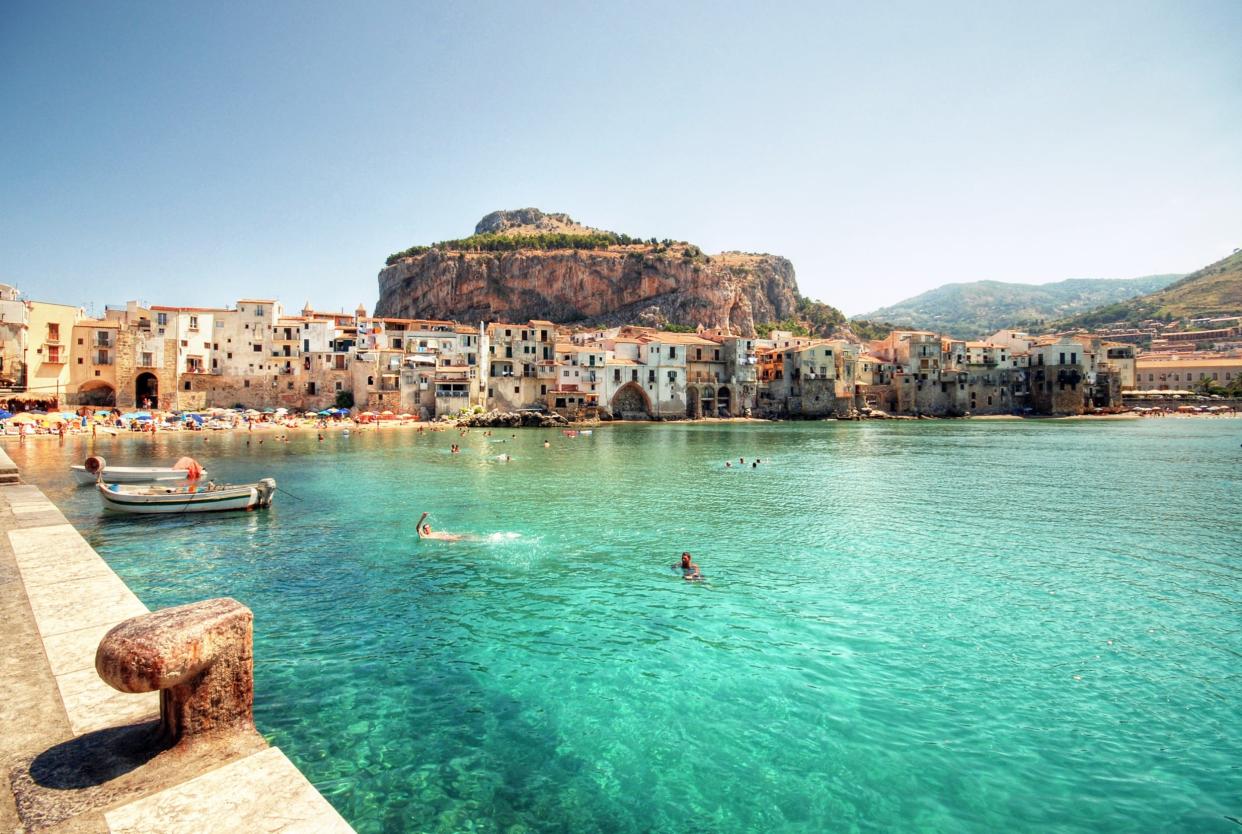
Through the ages Sicily has been a crossroads and crucible of Mediterranean culture. The island today is a fascinating palimpsest, its history and abundant natural wonders ensuring that there’s something for everyone: the historic cities of Palermo, Catania and Siracusa; the Etna region with its volcanic landscapes, fertile wine country and picture-perfect Taormina; Ragusa, Modica and the other honey-hued Baroque towns of the south; the Greek temples of Agrigento, Selinunte and Segesta; Roman sites like Piazza Armerina; miles of sandy beaches and secret rocky coves. And don’t get us started on the food – from the couscous of Trapani to the pastries of Noto, it’s a reason to visit in itself.
With parts of the island on the same latitude as the north African coast, Sicily has a mild climate that makes it an attractive destination for much of the year: spring and autumn are a sheer delight and though high summer (July and August) temperatures really do soar, sea breezes in coastal areas take the edge off the heat.
For further Sicily inspiration, see our guides to the island's best hotels, restaurants, nightlife, beaches and things to do.
In this guide
Day one
Morning
You'll need your own transport for exploring: apart from very few train routes, public services are scarce. On the east of the island, there’s no getting away from the snowcapped silhouette of Sicily's very active volcano, Mount Etna. Its fertile lower skirts are a patchwork of drystone-walled vineyards, orchards and citrus groves sloping seawards. Hugely knowledgeable geologist-guides at Sicily Into Nature offer a range of trekking itineraries, which can be personalised on request.
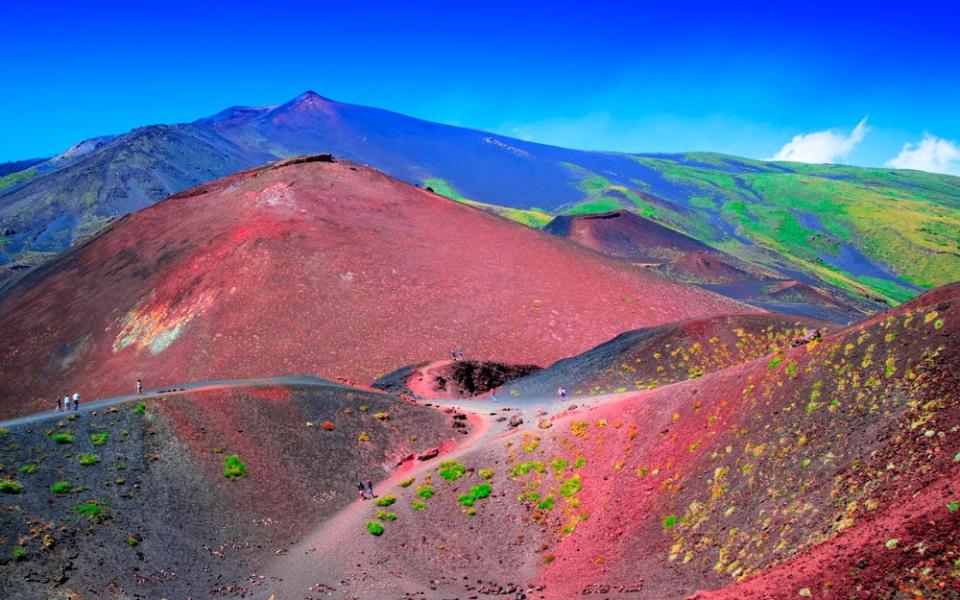
Afternoon
There's a meaty theme to restaurant Dai Pennisi in Linguaglossa, which calls itself a 'butcher's with kitchen'. Since 1960 the delightful Pennisi family has been a neighbourhood purveyor of some excellent locally produced meats. Now, they serve scrumptious steaks and the kind of hamburgers that put anything else peddled under that label to shame.
Etna Rosso wine has come on apace in recent years, earning itself the moniker ‘the Burgundy of Italy’. Explore its volcanic charms with knowledgeable American sommelier Benjamin Spencer of the Etna Wine School who leads winery visits and tastings but will also bring his Etna master classes to clients’ hotels or rental villas.
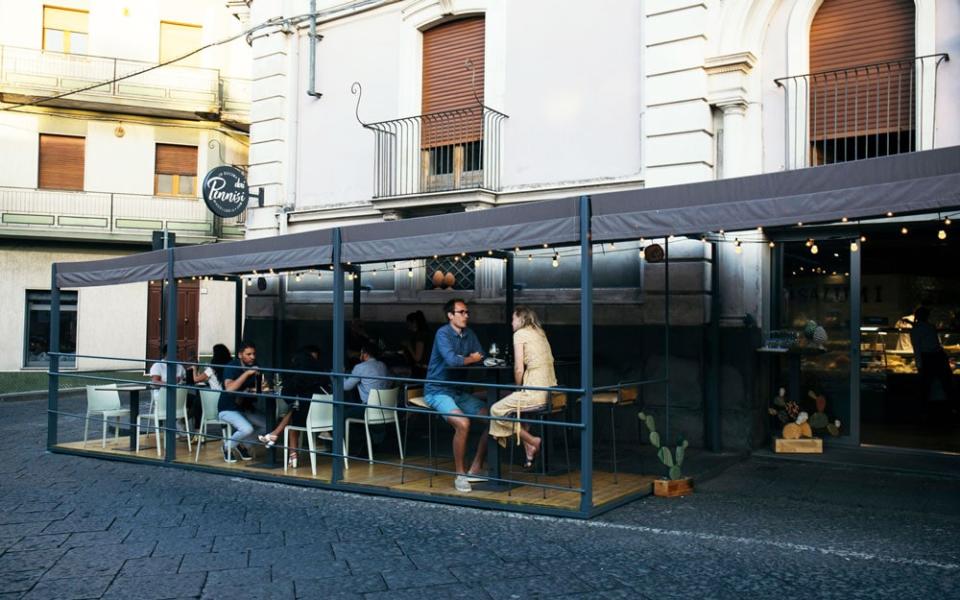
Late
If anyone's still standing after the afternoon's wine experience, head into Taormina and splash out on a Bellini cocktail on the terrace of elegant Belmond Grand Hotel Timeo – gents, wear that linen suit for the full effect. Afterwards, head to Tischi Toschi, which serves authentic island dishes such as caponata (a sort of Sicilian ratatouille) and pasta con le sarde(with sardines, wild fennel and raisins). For more restaurant recommendations, see our guide.
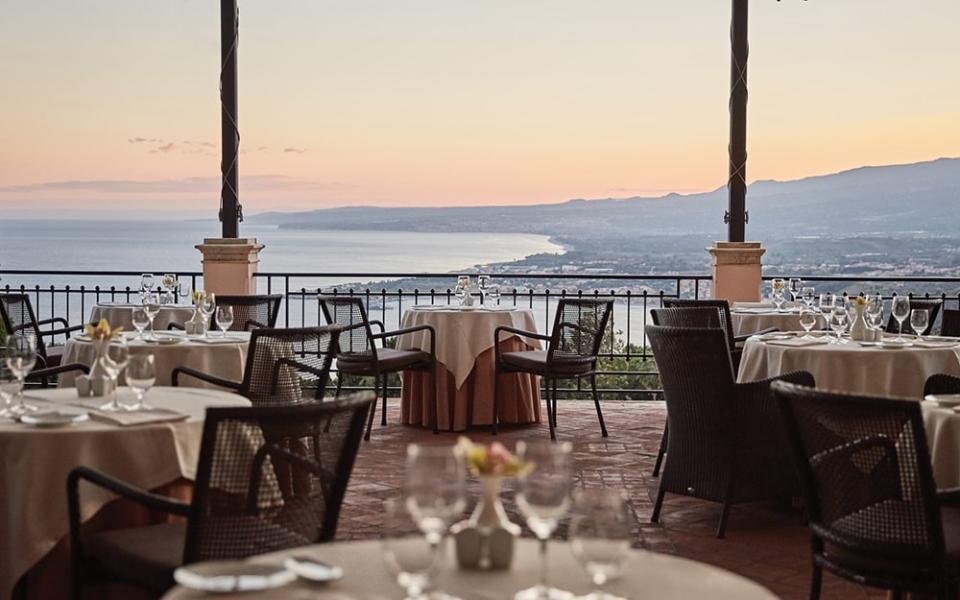
Day two
Morning
The archeological site of Selinunte – a Greek city overthrown by Carthage in 409BC – occupies an extraordinary spot on the south-western coast. The tumbled ruins (the only standing temple is a reconstruction) are best visited with a guide: book one of the highly qualified art, archaeology and history specialists from island-wide network Passage to Sicily.
If you're feeling adventurous, seek out the poorly sign-posted Cave di Cusa 11km north-east of Selinunte. This was the city's abruptly abandoned quarry, where part-hewn and carved column sections stand in a romantic flower-strewn landscape.
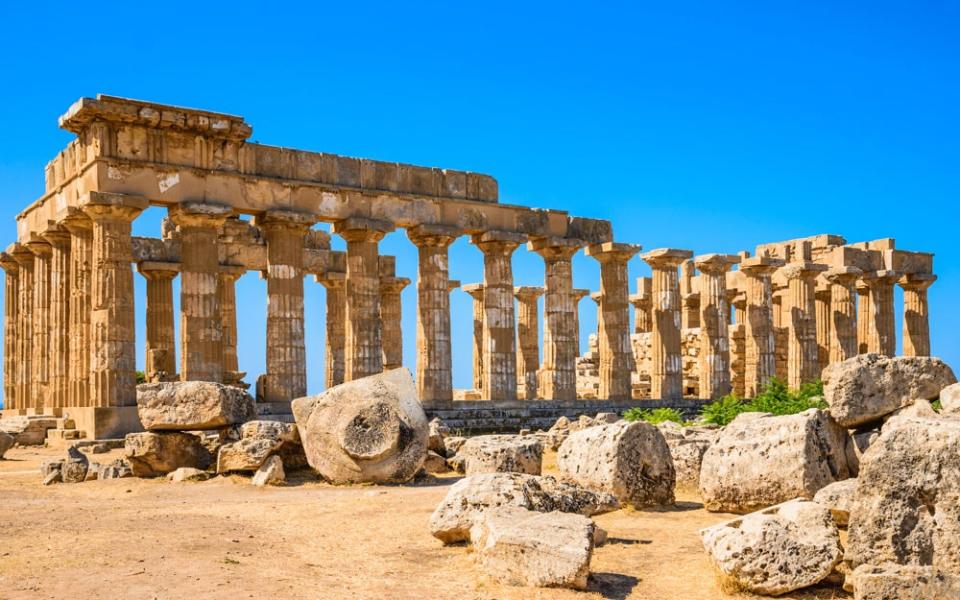
Afternoon
For lunch, indulge in some well prepared seafood at the super-friendly Ristorante Boomerang in Marinella di Selinunte: the menu consists of whatever came off the fishing boat that morning.
The beach in the nature reserve of Foce del Belice, east of Selinunte, is a marvel – kilometres of golden sand and azure water. There are few beach bars, and no ranks of umbrellas and deckchairs. The further you’re prepared to walk along the coast, the fewer people you’ll encounter. For more beach recommendations, see our guide.
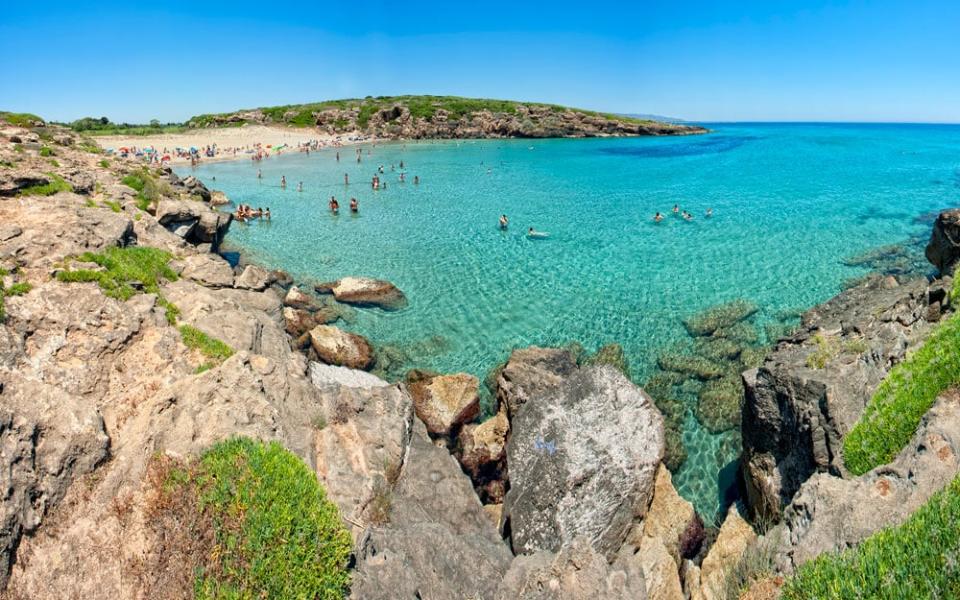
Late
Nearby Sciacca is a lively port town with a glorious Baroque centro storico. The evening passeggiata brings the whole town out into the main drag. Dine at the excellent Hostaria del Vicolo, where you can try Grandma's sardine soup; tagliatelle with red mullet, roe, saffron, fennel and pinenuts; or cod au gratin with purée of Jerusalem artichokes. Finish up with a superlative lemon granita at the Bar Roma.
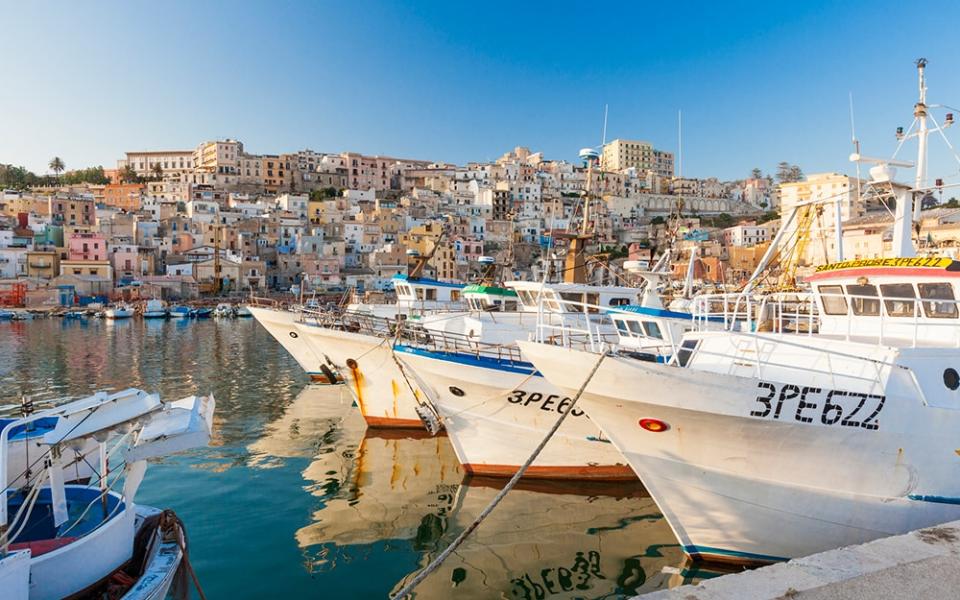
Insider tips
Island hack
Although sights in Sicily are very spread-out, it is (just) possible to 'do' parts of the island without hiring a car. For example, if you’re based in historic seaside Cefalù, Palermo is 50 minutes and €7.10 away by train, while the two-hour trip to Agrigento will set you back just €10.50. Consult the Trenitalia website.
Village watch
Sicily is full of unexpected delights, like the almost entirely untouristic, historic town of Gangi in the Madonie hills, about 80km south of Palermo. After a look at the macabre mummified priests in the crypt of the church of San Nicolò, stroll through the lanes to Pasticceria Mantegna (via Giuseppe Fedele Vitale 120) to sample owner Natale Mantegna’s legendary cucchie (almond and dried fruit pastries).
Attractions
To beat the crowds in Agrigento’s spectacular Valle dei Templi arrive punctually for the 8.30am opening and park at the Temple of Juno entrance at the highest point of the archeological area. You’ll have the whole place to yourself for half an hour, and even then, most visitors will be making their way through from the other direction.
Hotels
The Foresteria Planeta is a suavely chic hotel in Menfi, set amid vineyards and with a glorious view out to the distant Med. Even if you’re not staying there, drop by for a cooking class with chef Angelo Pumilia. The freshness of the all-local ingredients is astounding.
Did you know?
Even more than the rest of Italy, Sicily is a cash economy. Don’t expect to be able to pay with credit cards in bars and cafés, and save a few euro notes for the final fill-up if you’re taking a hire car back to the airport.
When to go
Sicily has a mild climate that makes it an attractive destination for much of the year. Bear in mind that Sicily has a much longer warm-weather season than northern and central Italy. If you’re lucky, it’s possible to sunbathe and swim in the sea well into November, and spring starts early: in many areas, the ground is carpeted with wild flowers at the end of February.
Where to stay
Luxury living
The best spa in Sicily sprawls across 4,000 modernist metres in the swish Verdura Resort on the little-visited south coast. There are also two 18-hole golf courses. West of the charming baroque town of Sciacca, the hotel is ideally placed for visiting two of Sicily’s most impressive Greek temple complexes: Agrigento and Selinunte.
Double rooms from €350 (£300)
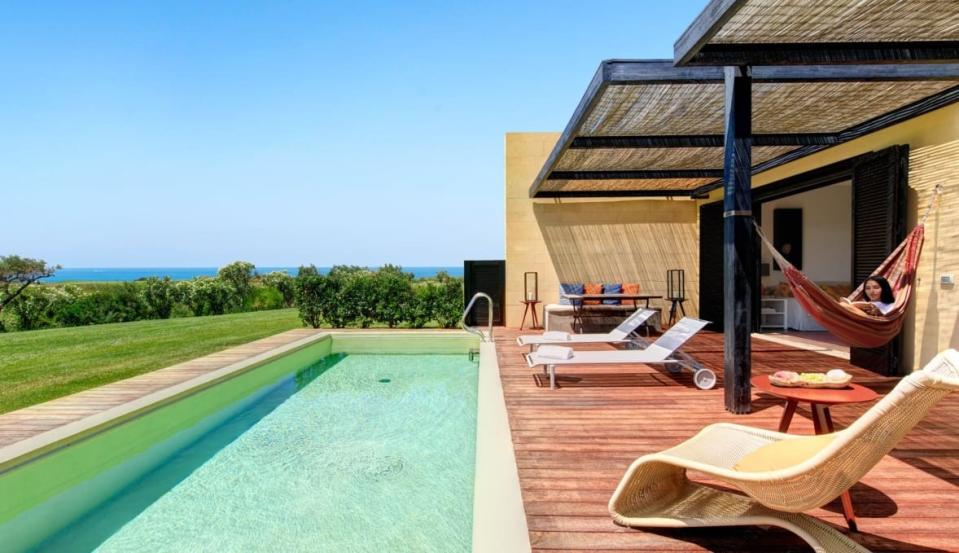
Boutique bolthole
Seven Rooms Villadorata is a devastatingly gorgeous feast for the senses housed in a wing of the most extravagant Baroque palazzo in Sicily. Expect high ceilings, soaring windows with white shutter doors and heavy linen curtains, original encaustic tiled floors, and on your supremely comfortable beds, delicately puckered white silk quilts and blue alpaca throws.
Double rooms from €340 (£291)
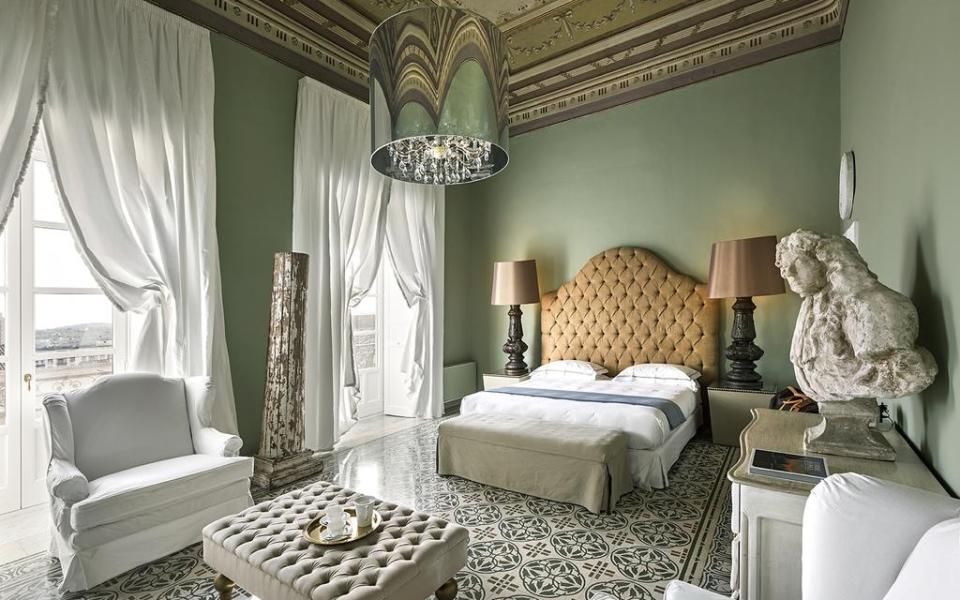
What to take home
The flat peasant cap known as la coppola has been reclaimed by Sicilian hipsters, shaking off its Mafia associations. Find yours at the old-school Palermo hatmaker Coppola Mascari.
Sicilian sweets and pastries are to die for. If you’ve left it until late never fear, Palermo cake king Palazzolo has an outlet at the city's Punta Raisi airport.
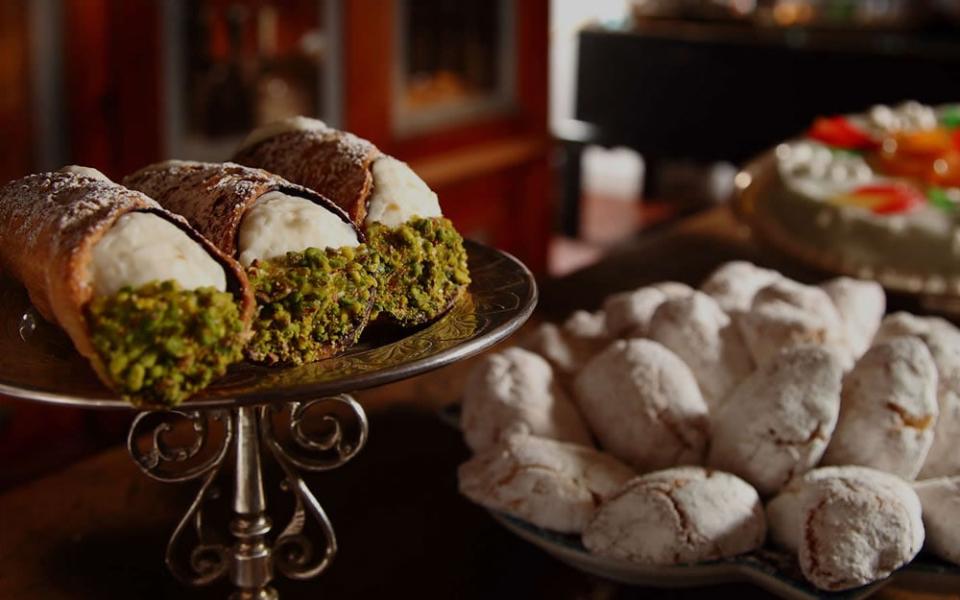
Essential information
The basics
British embassy in Rome: 00 39 06 4220 0001; ukinitaly.fco.gov.uk
Tourist offices and information: The official Regione Sicilia tourism website is at regione.sicilia.it/turismo. Tourist information offices can be found at all three Sicilian airports, at ferry ports, and in the main towns. Three of the more useful are: Palermo (turismo.comune.palermo.it); Catania (turismo.provincia.ct.it); and Taormina (comune.taormina.me.it).
Emergency services: dial 112 (Carabinieri); 113 (State Police)
Currency: Euro
Telephone codes: from the UK, dial 00 39 plus the area code with the zero
Time difference: +1 hour
Flight time: from London to all three Sicilian airports is just under three hours
Local laws and etiquette
Organised crime is, regrettably, in Sicily’s DNA but most visitors to the island will never be aware of it. It’s the locals – and especially local businesses – who suffer most, and protection rackets are a harsh reality. AddioPizzo (farewell to protection payments, ) is a civil society groups grouping businesses, organisations and individuals who refuse to hand over money to the Mafia. There’s a handy map of participating companies on the website.
Drivers are required to keep a reflective yellow/orange bib inside the car, to be worn if they break down or have an accident and need to get out of the car (they come as standard with hire cars).
When driving outside of built-up areas, you are legally required to keep your headlights on at all times, even during the day.
Italians always say hello and goodbye in social situations – including when entering or leaving shops, bars etc. A simple “buon giorno” in the morning or “buona sera” in the afternoon or evening goes a long way (and it covers both hello and goodbye).
If you’re invited to dinner, flowers or chocolates for the hostess are a more usual gift than a bottle of wine.
Author bio
Anne Hanley and Lee Marshall have lived in Italy for 35 years, first in Rome and now in the Umbrian countryside. Anne designs gardens and writes; Lee writes and cycles. They are both passionate about Sicily – its wine, its food and its extraordinary culture.

